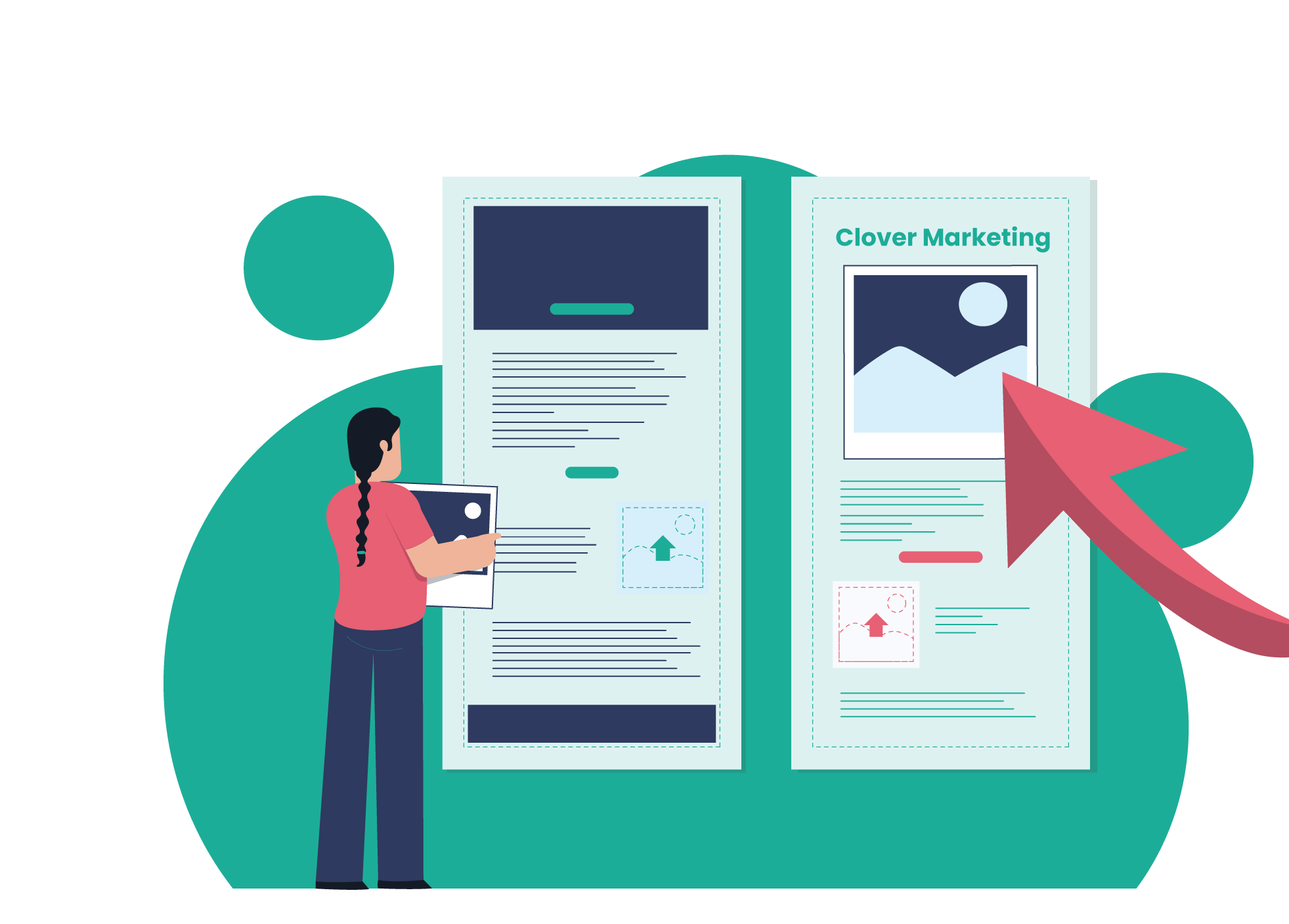Content marketing brings in more leads, according to 74% of companies who participated in a recent survey.
And it makes sense, as more than half the world now uses some form of social media, for an average of 2 hours and 20 mins each day. That’s a captive audience, that is increasingly turning to digital platforms for information, recommendations, and inspiration. Whether you’re a restaurant owner, a food equipment manufacturer, or a supplier, understanding content marketing and implementing a strategy tailored to your needs is how you’re going to attract, nurture, and convert your audience into customers.
Understanding the Importance of Content Marketing in the Food Service Industry
In an industry as fast-paced as food service, you’d be forgiven for not making content marketing your number one priority. Especially for manufacturers that have been around for decades, who might not immediately understand the value an online presence and relevant content has to new audiences.
But the fact is that there are currently 5.07 billion social media users worldwide.
Many of whom will be part of your target audience. Unfortunately, you can no longer afford to not be marketing online. There is a big difference, however, between throwing up a few social media posts now and again and having a fully-fledged content marketing strategy. Here’s why a well-crafted strategy is so important.
It allows you to engage with your audience
A successful content marketing strategy allows your business to connect with your audience in several meaningful ways; from building brand awareness and loyalty to engaging with customers personally. A strategy behind your marketing allows you to produce consistent, high-quality content that establishes your brand’s identity and voice, making you more recognisable to your audience.
This quality content will inevitably open avenues for your customers to ask questions, such as social media posts or blogs. By engaging with people through comments and questions, you can build a real community around your brand and gain a reputation for being responsive and authentic.
It can drive lead generation
Understanding your audience and being strategic in the type of content you create for them is ultimately what is going to boost your leads and traffic. Nobody wants to be marketed to with content they couldn’t care less about. Offering valuable content that addresses your audience’s needs and interests, such as expert tips or behind-the-scenes video content, will hook them in and showcase your expertise and credibility.
Being seen as an expert in the industry isn’t only important for your audience’s sake either; talking about industry trends, interviews with experts, or anything that demonstrates your knowledge will set you apart from your competitors too.
It leads to better marketing overall
Strategic content marketing doesn’t operate in isolation. It can and should support and enhance your other marketing efforts, whether it’s a paid social media campaign or a print ad. Wherever your audience looks for you––online or elsewhere––they’ll find the same message and consistent branding.
A considered marketing strategy will also offer measurable results during and after the campaign, allowing you to track your success through analytics and reporting tools. It’s these insights that will reveal what is resonating with your audience and what you need to pull or tweak to optimise performance.
The Basics of a Content Marketing Strategy
Before you dive into content creation, there are a lot of moving parts to a successful content marketing strategy that need to be defined first. Taking the time to properly flesh these aspects of your plan out now is going to save you a lot of time and work in the long run––believe us.
Define your content marketing goals
Having clear and measurable goals is crucial, and will serve as the foundation of your strategy. When you’re coming up with your goals, make sure that you’re focusing on specific and measurable objectives that align with your overall business goals and projected growth.
For example, instead of something vague like “increase web traffic”, go for something measurable like “increase website traffic by 15% in the next quarter”.
Identify your target audience
Knowing who your audience is and their specific needs and pain points is key to crafting content that will resonate with them. Create detailed audience personas that represent your ideal customers, considering demographics, preferences, and behaviours.
This practice isn’t a set-and-forget type one though. As consumer preferences change over time, it’s important to regularly update these personas and adapt content accordingly.
Develop a unique brand voice
Your brand voice is a reflection of your business’s personality. Whether that’s warm and friendly, playful and creative, authoritative and professional, or something else. Your voice is as important to your branding as your logo and should be just as recognisable and unique.
Think about what kind of voice would honestly reflect your brand, and most importantly, resonate with your target audience. For example, if your audience is mostly CEOs and business executives, a more professional tone will likely resonate more than an ultra-casual and playful one.
Choose the right channels
Knowing where to post your content is just as important as what to post. There’s no point in posting great content regularly to TikTok when your audience is on Facebook, for instance. As you research your audience, look at where that demographic typically consumes their content.
Is it email? Is it social media? Is it newspapers? Once you’ve decided where you’ll be putting out content, then you can start looking at the type of content you’ll require.
Conduct a competitive analysis
Understanding your position in the food service industry and observing your competitors’ strategies will help you refine your own content marketing strategy. Start with identifying your direct and indirect competitors. Then you can go into analysing their content strategies, what types of content they’re creating, what platform they’re on, etc.
Keep an eye out for any gaps you can capitalise on, like overlooked topics, a lack of engagement, or underused content formats like videos. By understanding how your competitors operate, you create a benchmark for your own efforts, and it will help you differentiate your business from what’s already out there.
Now, obviously, there is a lot more that goes into building an effective content marketing strategy than just the basics we’ve outlined above, but this is a good starting point for understanding what goes into it. As consumers continue to shift to digital channels for their information, a detailed content marketing strategy isn’t a luxury anymore, it’s a necessity.
By understanding your audience, creating a unique brand identity, and crafting content that meets consumers where they’re at, you can set yourself up to be a leader in the food service industry.
If you’d like more information about digital marketing and creating content for food service businesses, download our FREE brochure, Digital Marketing for Foodservice, or get in touch to speak with a member of our team.








